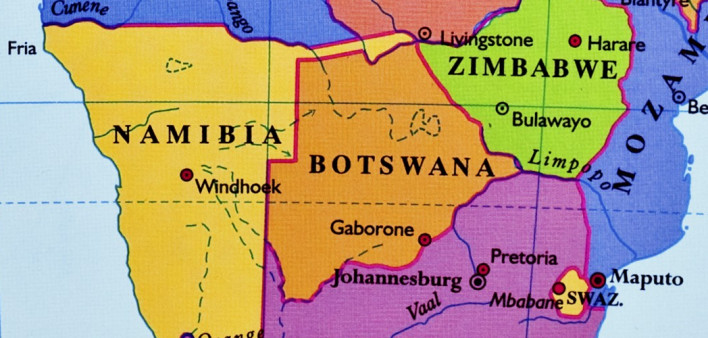A multifaceted HIV testing, treatment and prevention program has succeeded in driving down transmission rates and boosting viral suppression rates in communities in hard-hit Botswana, aidsmap reports.
Researchers from the Ya Tse study, also known as the Botswana Community Prevention Projection study, conducted a cluster-randomized trial in Botswana between 2013 and 2018 that examined the effects of a program that provided community-wide HIV testing and counseling, linkage to medical care for the virus, antiretroviral (ARV) treatment begun earlier than was standard and stepped-up voluntary medical male circumcision (VMMC) services.
VMMC lowers the risk of female-to-male transmission of HIV by an estimated 60 percent.
The researchers randomized 30 communities to receive either the intervention or the standard of care.
Until June 2016, national guidelines in Botswana recommended ARV treatment for all those with a CD4 count below 350, after which point universal treatment was recommended.
Findings were presented at the International AIDS Conference in Amsterdam (AIDS 2018).
For their analysis on the effects of the intervention, the study authors drew a random sample of 20 percent (12,610) of the adult residents in the communities studied. Twenty-nine percent of them were living with HIV at the outset of their entry into this ongoing cohort; 79 percent of those with HIV were on ARVs; of those on ARVs, 97 percent had a fully suppressed viral load.
During 29 months of follow-up, 95 percent of the HIV-negative members of the cohort received at least one additional test for the virus. Fifty-seven of those living in the communities that received the intervention tested positive during follow-up, as did 90 of those in the control group communities. Consequently, the intervention was associated with an estimated 30 percent lower HIV transmission rate.
At the outset of their entry into the observational cohort, 70 percent of the HIV-positive individuals in the intervention group and 75 percent of those in the control group had a fully suppressed viral load. These figures increased by 18 percentage points in the intervention group and 7 percentage points in the control group by the end of the follow-up period.
To read the aidsmap article, click here.







1 Comment
1 Comment